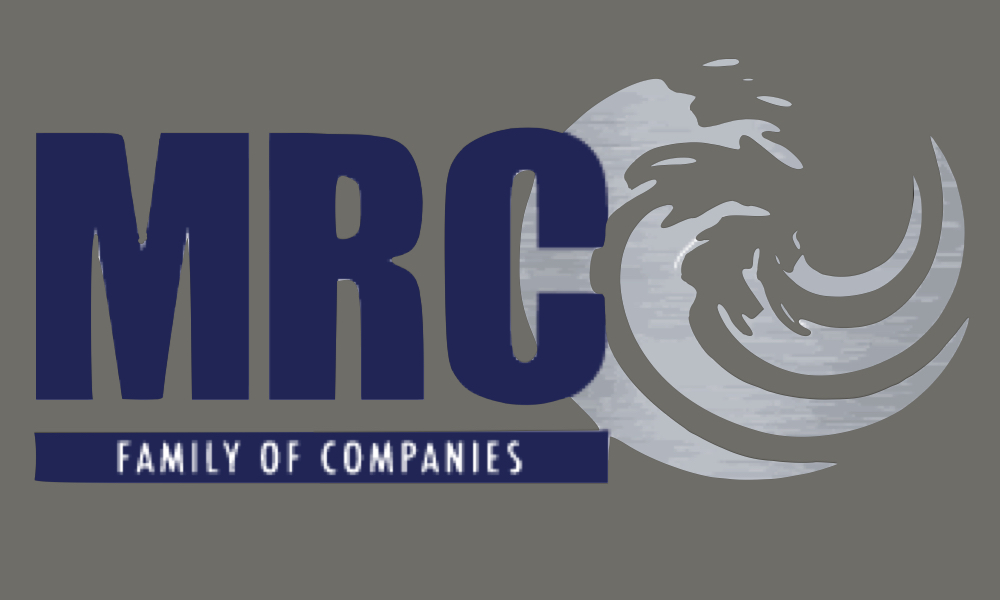Case Study 1
The Client
The client is an upscale, national retailer who has just completed a multi-million dollar renovation of their anchor store. The renovation included elaborate marble and stone floor surfaces in each public entrance, a complete redesign of the restrooms from floor to ceiling and the introduction of 2 new cafes and a restaurant.
The Situation
Upon the completion of the construction, the general contractor requested final payment. While the general contractor appeared to have lived up to or exceeded the construction contract specifications, two questions remained. How do we maintain these new floor surfaces and are they as safe, or safer, than the ones they replaced?
Call to Action
Coefficient of Friction (COF) tests were conducted on all non-carpeted surfaces in the store, both the new surfaces and those untouched. These comprehensive tests included allowing for multiple conditions, i.e. wet or dry, static or dynamic, multiple shoe surfaces and also east/west and north/south. A detailed report was produced that included the results of all the tests in a tabular form, visual representation of each surface and each condition and finally a narrative offering a summary interpretation of the results.
Findings
The general contractor was found to be in compliance with the required level of slip resistance for the new surfaces, however, this compliance only included the static, dry COF's. Under wet and dynamic conditions for each of the shoe surfaces, the desired safety levels were significantly lacking. Short of covering up the new floor surfaces with mats, the retailer was at risk.
Resolution
Working together, the retailer was introduced to a new cleaning program offered by a different company that when implemented maintained the desired levels under wet conditions for both static and dynamic testing
Case Study 2
The Client
The client is a law firm that represents several grocery store chains on the west coast. It works closely with its client's safety managers in reviewing safety procedure and methods to insure they are prepared to respond to potential slip and fall injury claims by both employees and customers.
The Situation
The law firm has read reports that with the downturn in the economy slip and fall claims are on the rise in parts of the country. They took reactive steps to review and compare the slip and fall claims of their clients' stores for the present year and compare them to previous years. They found that there has been a very slight increase.
Call to Action
To prepare to respond to a potential increase in fraudulent slip and fall cases the law firm has asked their clients to acquire Coefficient of Friction (COF) tests on all non-carpeted surfaces. The law firm requested that all conditions, i.e. wet or dry, static or dynamic, and multiple shoe surfaces be tested. They also requested that regular testing be done and that test results be provided.
Findings
The findings of the test revealed that the majority of floor surfaces were at a sufficient level of COE in both dry and wet conditions. But in a number of stores of one client there was found to be a below standard level of COF. In further review it was found that in some cases it was training issues of the cleaning crew and management of the cleaning schedule and some cleaning equipment also needed servicing. All issues were responded to and the floors retested to confirm the COF. Continued testing and reporting was provided as part of the client's safety program.
Resolution
Working proactively together with the law firm a new standard was established to confirm the quality of the floor surface slip resistance. With the confidential reporting in hand the law firm's clients were assured that the floor surface met or exceeded an acceptable COF. This established a higher standard for safety for employees and customers and the law firm was given an advantage in responding to future fraudulent slip and fall claims.

